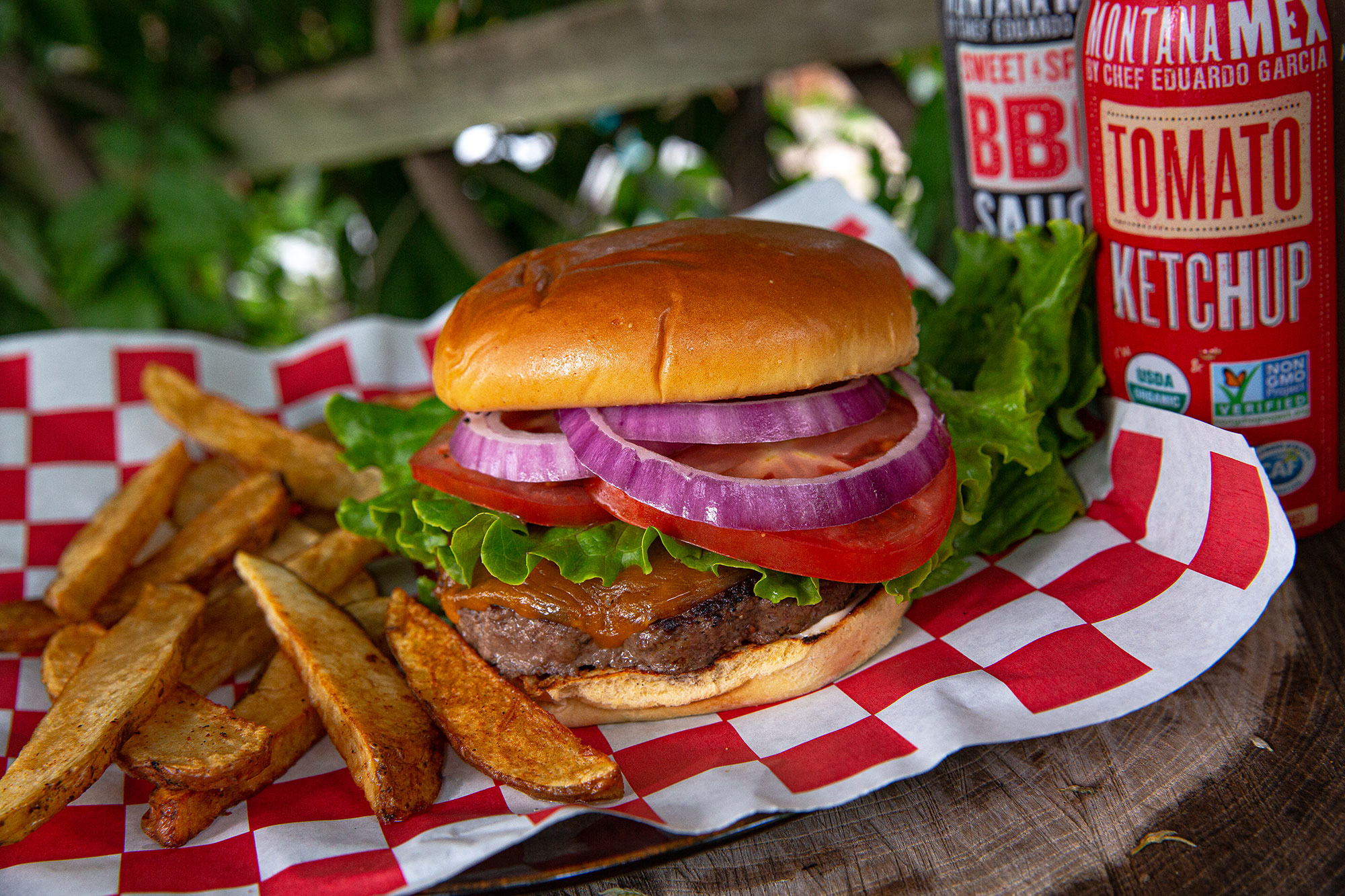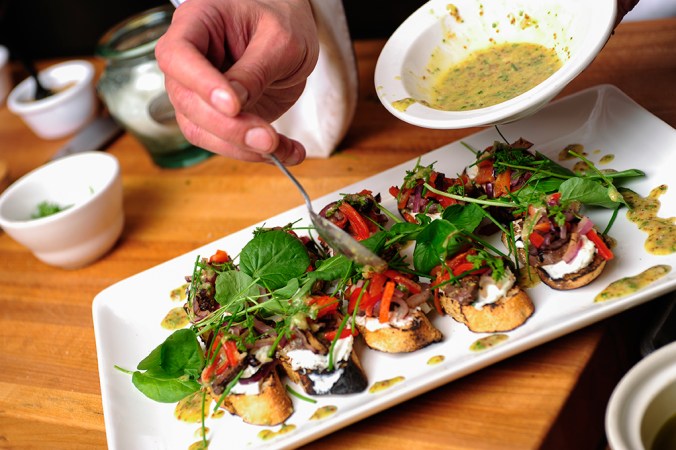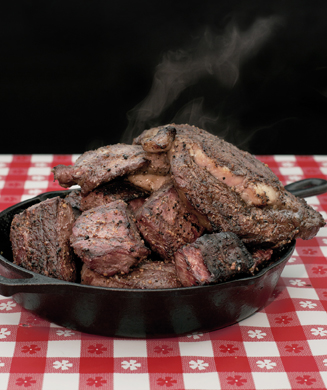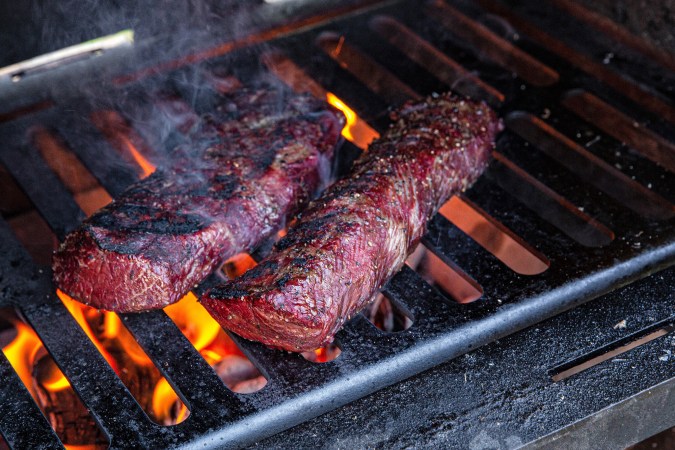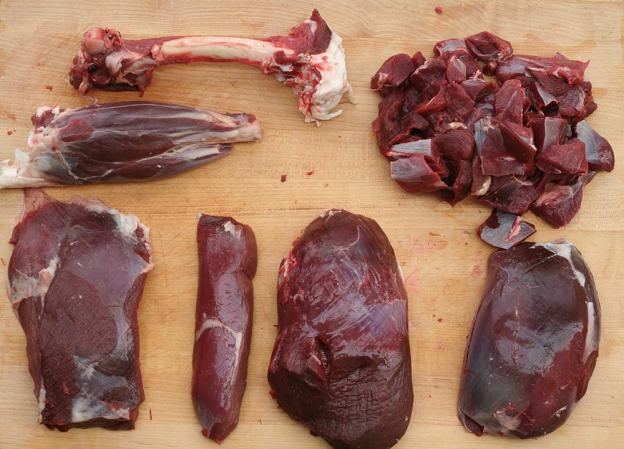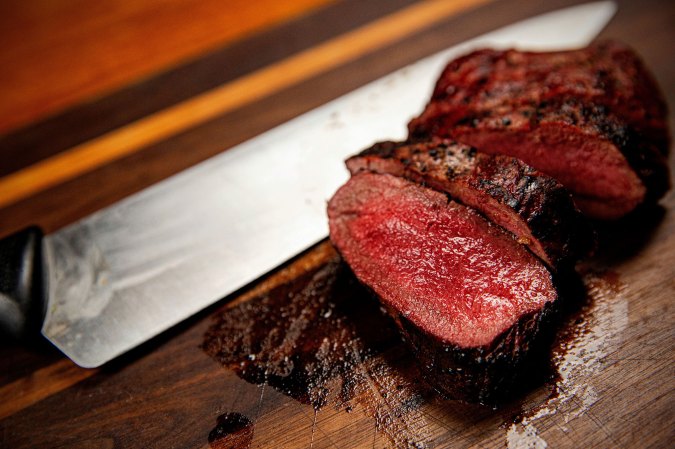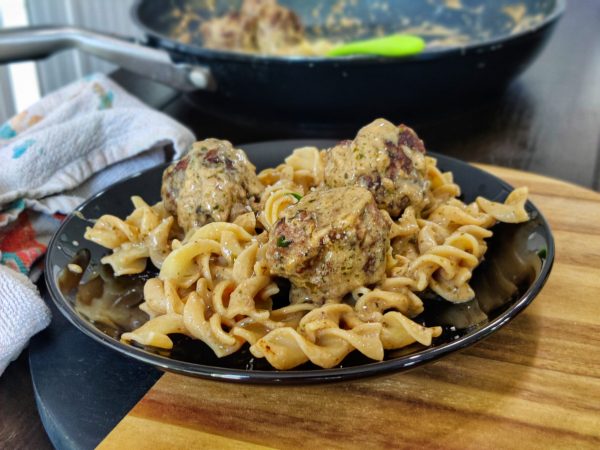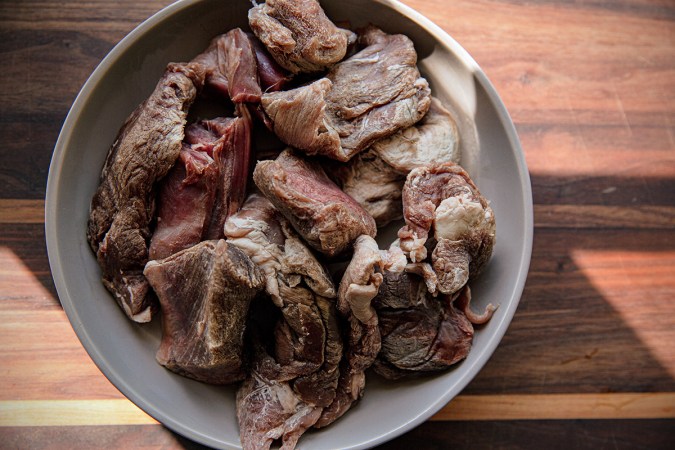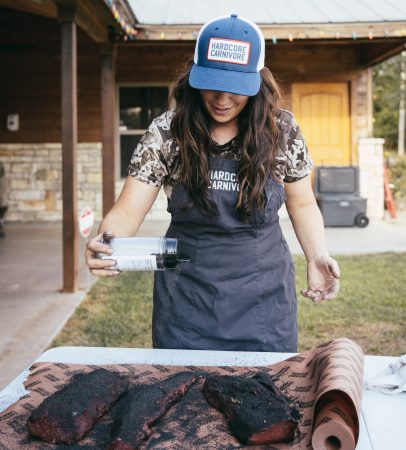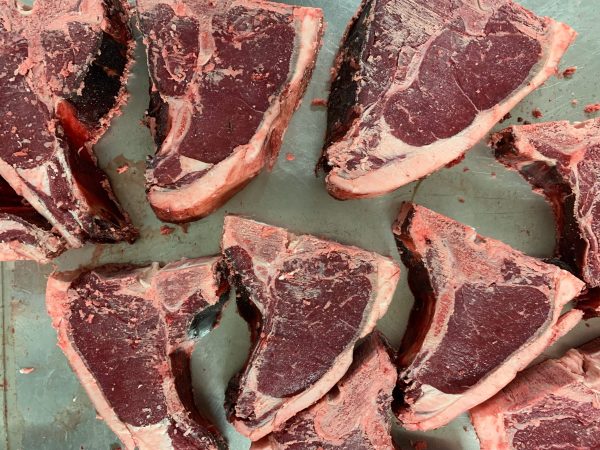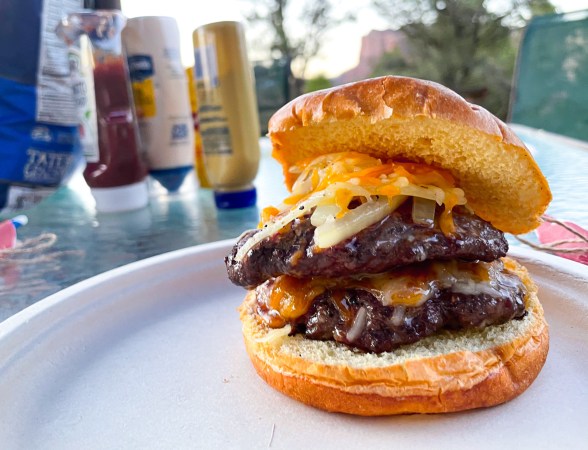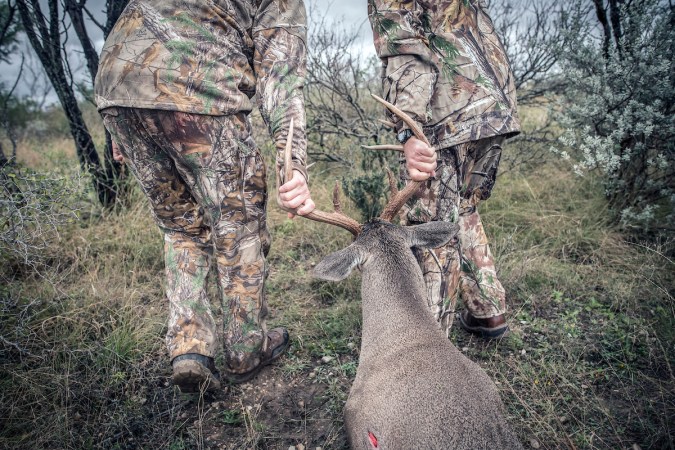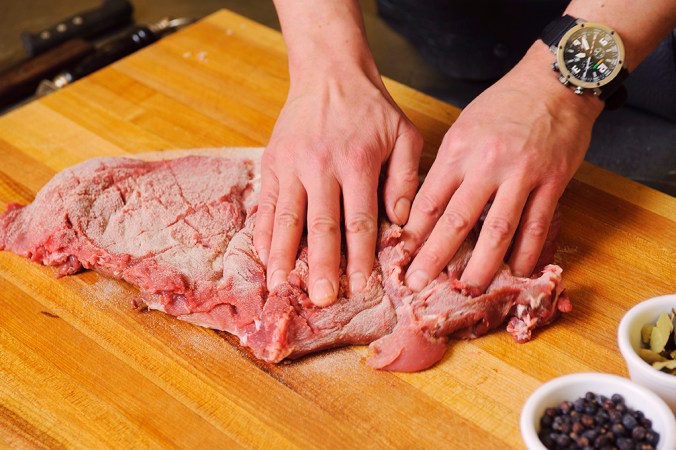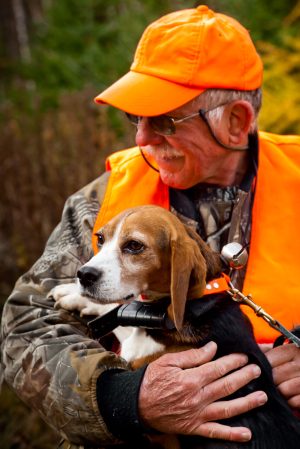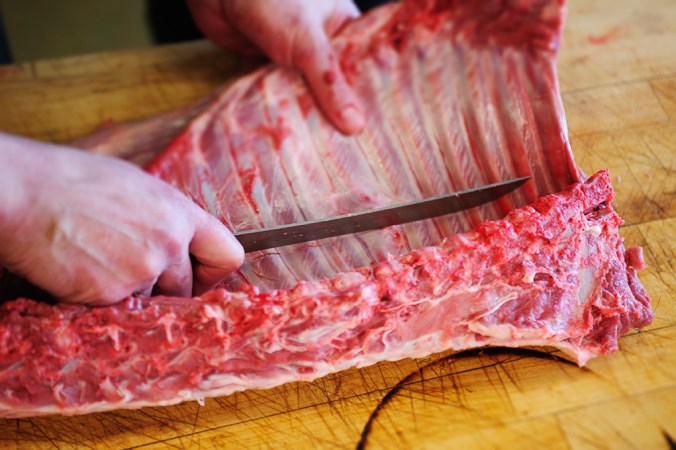Every grill master understands the value of a properly cooked burger. And many will tell you: It’s about far more than meat over fire. When it comes to a wild game burger, specifically venison, the right technique means the difference between an unforgettable mouthwatering experience or serving up something that tastes like a patty of damp newspaper. Even if you are a bonafide 5-star backyard BBQ master—a legend in your cul-de-sac—there are always ways to improve your wild game cooking. Here’s how to grill the best venison burger this summer.
Fresh Ground Venison is Better
This is one aspect you can only control during processing, obviously. And if you pay to have your game processed, there’s a distinct chance you aren’t getting back your own ground venison. A lot of processors add trim to a community grind and that’s what you receive upon pickup. You can of course process your own wild game to know you’re getting your own ground meat. Or you can simply request, “roasts, loins, and trim,” then grind on your own later.
Grinding fresh to order has several benefits:
- You get to choose from what cuts you grind. Trim all that fascia and silver skin first, obviously. But we all know the texture of a front quarter roast is different from a hindquarter roast. I like a 50:50 sirloin tip to front quarter grind.
- You retain more moisture. Freezing creates ice crystals that rupture muscle fibers and cause meat to bleed myoglobin when defrosting. Water in outermost membranes freeze first and draw out moisture from within. Translation: The smaller the muscle (e.g., ground muscle versus whole), the more susceptible to dehydration that meat becomes (due to less distance water has to travel to evaporate).
- Ground meat, as mentioned above, may lose moisture quicker in the freezer, and that means lost flavor, as well.
- I’d also argue that when you grind ahead of time, you lose moisture. Then you lose it again when defrosting (a big reason to never defrost then freeze then defrost meat). I suspect you avoid some moisture loss when you combine those two steps—grinding mostly defrosted game.
How to Form Burgers
I hand-formed thousands of burgers during my time at the Elk Public House in Spokane. I personally will take a properly hand-formed patty, especially for wild-game burgers, over a burger press any day. The big difference: When forming a patty, it’s important to almost karate-chop the edges to form what I call a “rampart of meat.” Doing so eliminates cracks along the edges, which will potentially burst open when cooking. This is very important to avoid when cooking wild game, as it’s far leaner than domestic beef. With less fat to bind meat together, it’s crucial the meat patty stay 100% solid when headed to the grill.
To hand-form, measure into 6-ounce balls and smash down with your non-dominant hand. Turn the burger as you do this. Form a circle around the patty with your dominant hand and lightly press the edges toward the middle while your non-dominant hand flattens the meat and pushes it toward the edge. The opposing forces of pushing meat to the edge and while pushing back toward center will form that rampart of meat.
Keep it a Venison Burger
For several years I was one of those burger guys who cut my game with beef short ribs (or something similar). Shame, shame. I actually still cut my upland bird burgers with 25-30 percent pork shoulder, but for big game, I keep it 100 percent game versus some cyborg burger. Basically, if you can serve up genuine wild-game flavors while still maintaining the structural integrity of the burger itself, I suggest doing so. Wild game is a treat. Don’t falsify it. (I cut upland birds with pork because I’ve found that bird meat is far too lean and falls apart on most grills. The fat from pork shoulder helps bind it together.)
Salt and Pepper
Giving your burger patties an hour to come to room temp ensures they will cook more evenly. Crack some fresh pepper overtop and a dusting of sea or kosher salt when doing so. This will make certain that seasoning is absorbed fully before hitting the grill. I also salt and pepper the topside once I place patty on the grill. And please don’t taint that burger meat with any other seasonings. Anything past salt and pepper and you’re making meatloaf.
READ NEXT: Wild Mushroom and Swiss Venison Burger
Grill vs. Skillet
If you’re going to flame grill your wild game burger, make sure that grill grate is hot (minimum 500 degrees Fahrenheit) and clean, otherwise your lean wild-game burger will stick and fall apart. A skillet or flat top (preferably cast iron or mild steel) is another option and works great for grilling wild game burgers. I spray both sides of my burger with vegetable oil—old habit—and that makes the burgers less likely to stick. Also the oil creates a crispy exterior.
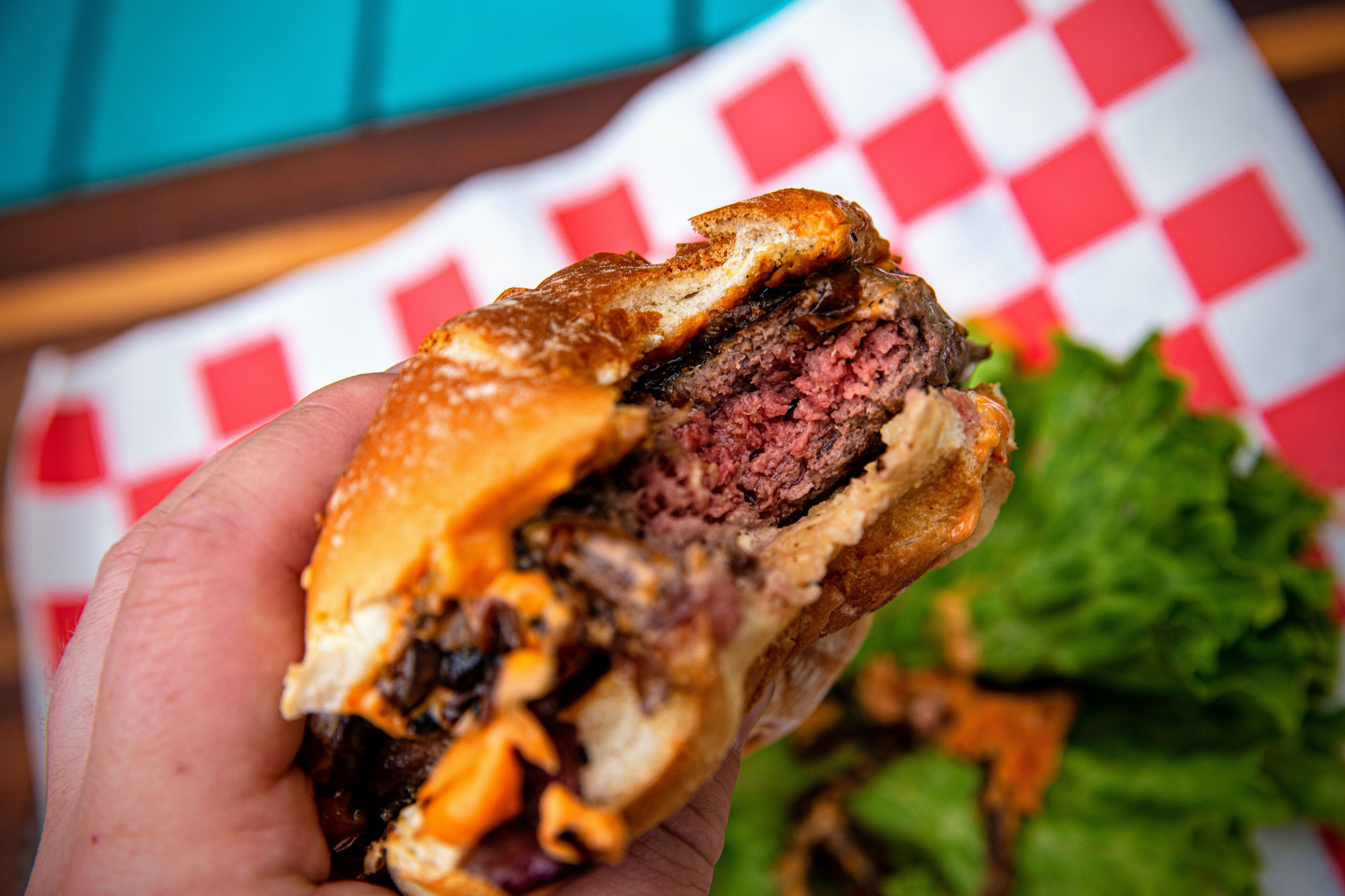
Make Your Venison Burger the Perfect Size
Because you don’t want to cook your venison burger past medium (medium-well at MOST), mass is important. What this means: Don’t form a venison burger unless it weighs 6 ounces or more. For your big-mouth burgers, go 8 ounces—same size patty, just thicker throughout. And don’t make those little football burgers like my dad used to. Form the surface of the patty evenly so it cooks evenly. For a similar reason, I’m not a fan of wild-game smash burgers—far too much surface area to overall meat mass, which can lead to overcooking your burgers.
Instructions for perfect medium-rare burgers:
- For 6-ounce burger, 2 minutes per side on 500-degree grill or skillet. Let rest 5 minutes, uncovered, before serving.
- For 8-ounce burger, 2-1/2 minutes per side on 500-degree grill or skillet. Let rest 7 minutes, uncovered, before serving.
Another key is resting burger on some sort of grate so juices can drip versus collecting below the burger and causing it to turn soggy.
Best Venison Burger Ingredients
I attended college at Marquette in Milwaukee a few years before Sobelman’s burgers became Midwest-famous. As word started to spread at that time, the owners attributed a large portion of their burgers’ popularity to switching to lightly buttered, freshly baked buns from a local bakery. Lesson learned: Everything from bun to what’s in-between makes or breaks a burger. Buy the quality ketchup and mustard. Invest in fresh ingredients. Mayo on the bottom bun not only tastes good but keeps juices from the burger soaking through (that’s advanced burger knowledge right there).
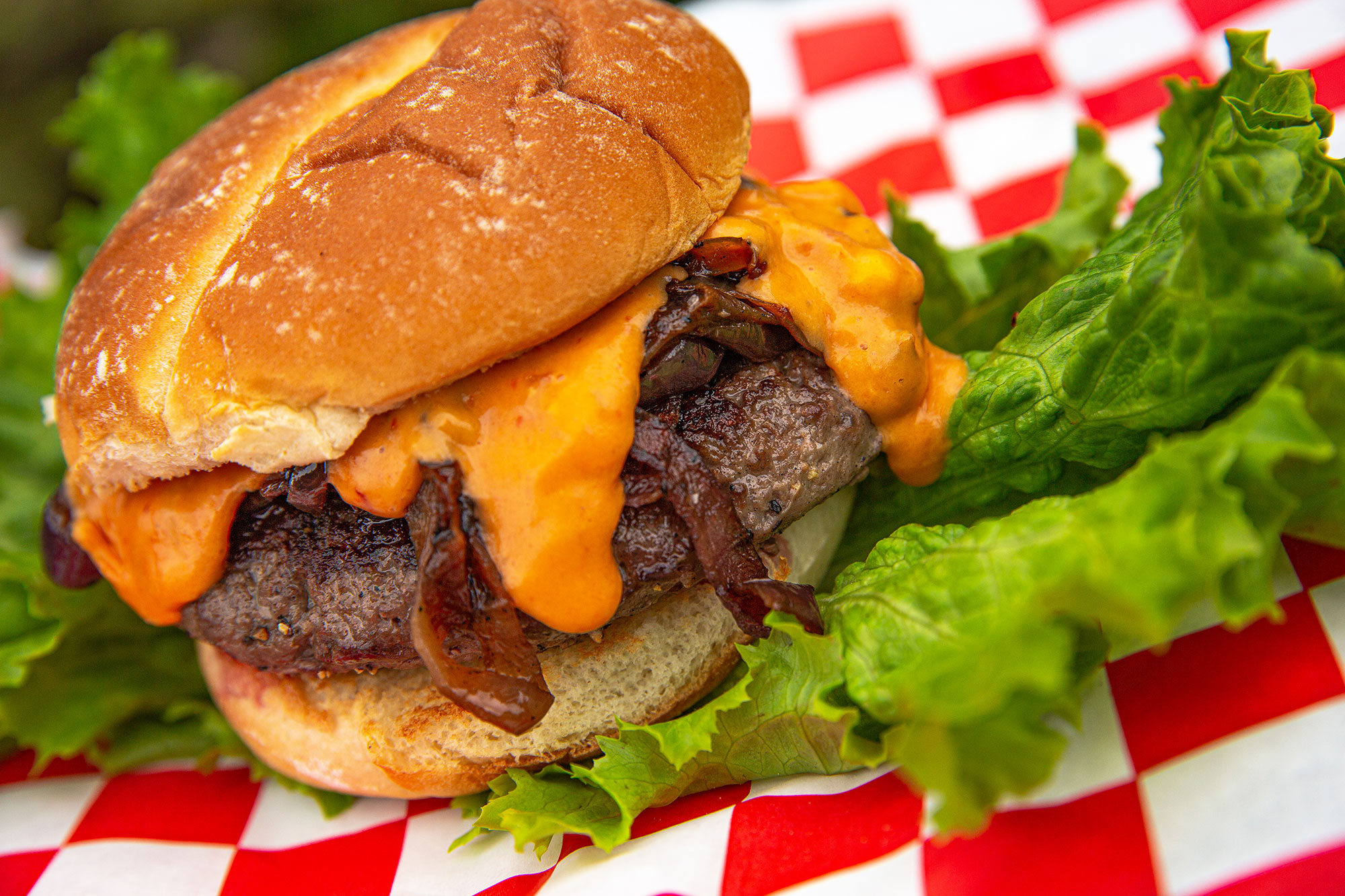
Salsa Con Queso Recipe
And finally. Here’s one of my all-time favorite venison burger recipes.
- Form venison into 8-ounce patties. Let come to room temp for at least an hour. Lightly dust with kosher salt and freshly cracked pepper while doing so.
- Buy store-bought salsa con queso or mix 1 pound Velveeta cheese with 1/2 cup thick and chunky salsa and 1/4 cup milk. Heat on low in crock pot till creamy.
- Caramelize medium yellow onion by slicing into rings and placing in skillet with a little bit of olive oil on medium low, stirring often for approximately 45 minutes (until onions are caramelized). Once caramelized, stir in 1/2 tablespoon salted butter.
- Grill burger patties for 2-1/2 minutes each side on 500-degree skillet or grill. Allow to rest on grate for 7 minutes.
- Toast buns. Add mayo to bottom bun followed by burger, then caramelized onions and lastly salsa con queso (and top bun).
- Enjoy!
Find the author on Instagram @WildGameJack.

